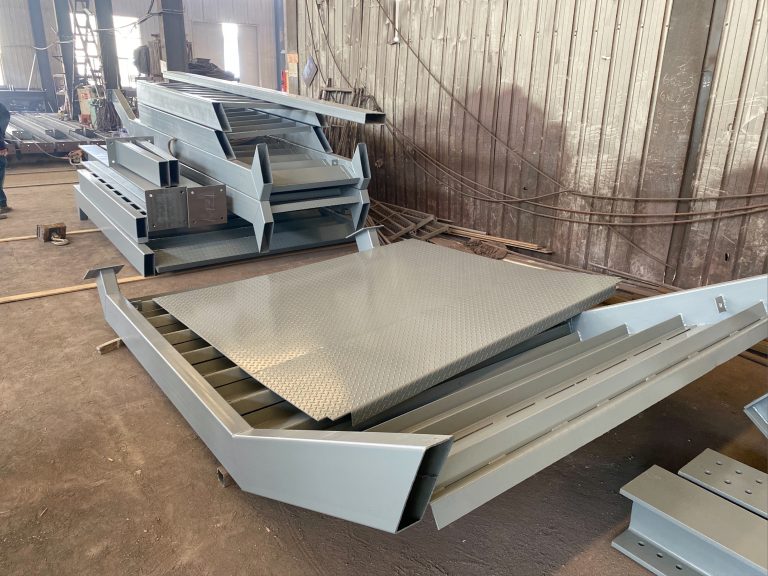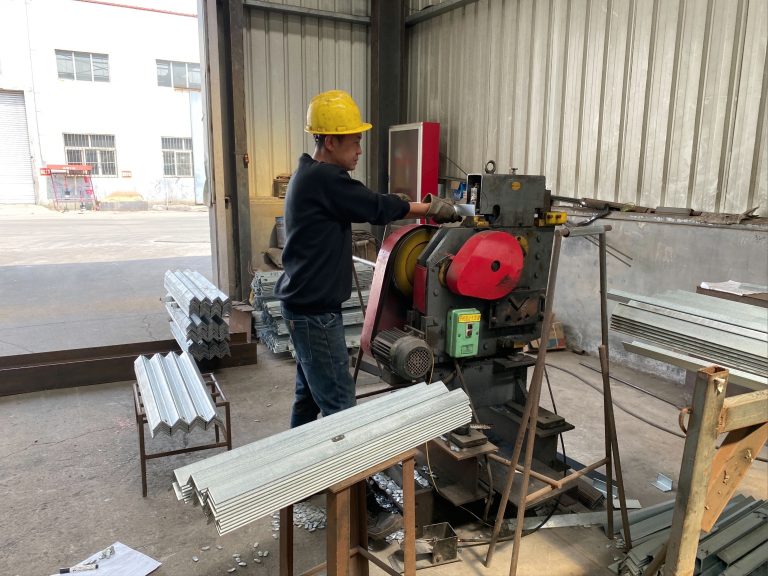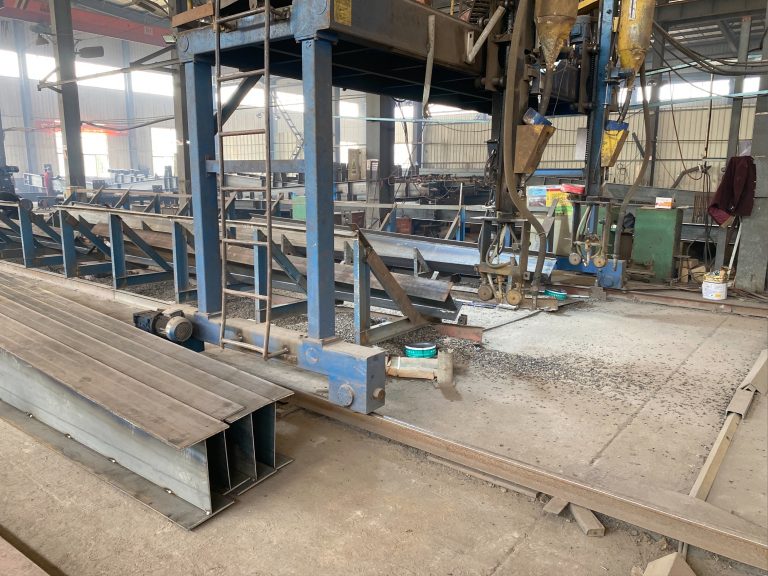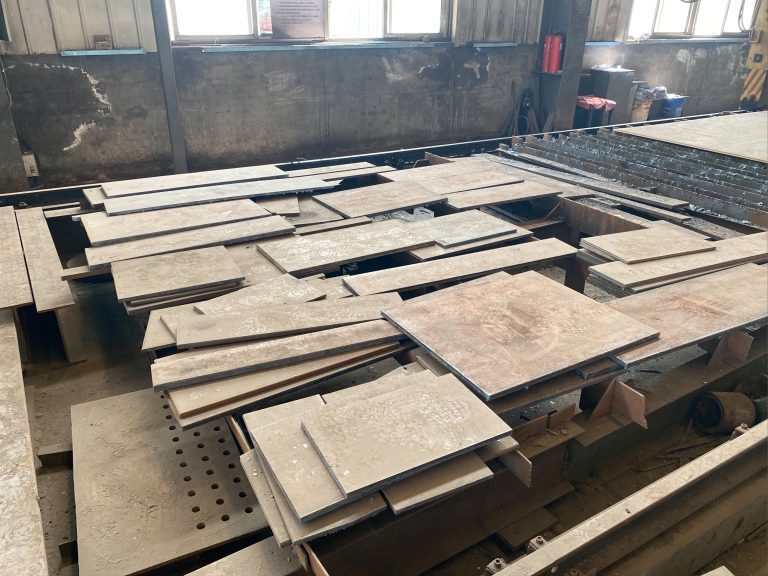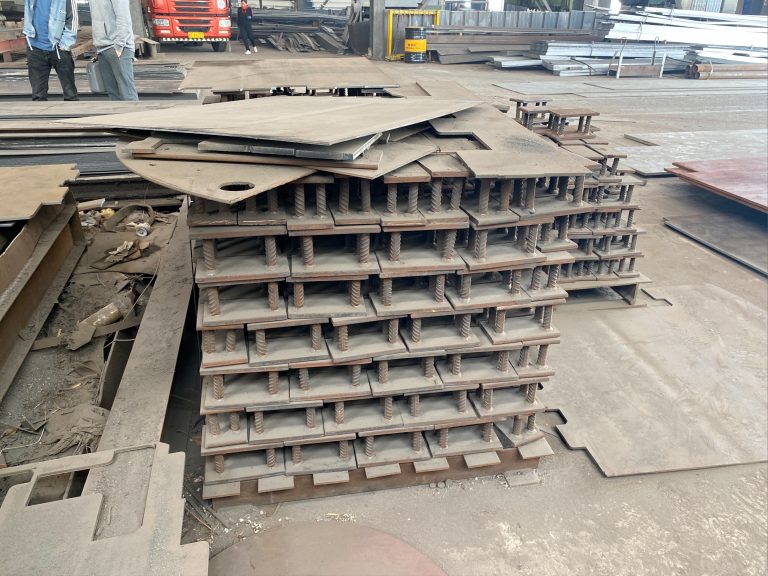How to maintain and maintain the building materials after anti-corrosion spray treatment?
Table of Contents
Proper Cleaning Techniques for Maintained Building Materials
Building materials are essential components of any structure, providing the foundation and support necessary for a building to stand strong and withstand the test of time. However, exposure to the elements can cause these materials to deteriorate over time, leading to corrosion and other forms of damage. To combat this issue, many building materials are treated with anti-corrosion sprays to help protect them from environmental factors. While this treatment can significantly extend the lifespan of the materials, proper maintenance is still essential to ensure their longevity.
One of the most important aspects of maintaining building materials after anti-corrosion spray treatment is regular cleaning. Dust, dirt, and other debris can accumulate on the surface of the materials, compromising their protective coating and leaving them vulnerable to corrosion. To prevent this from happening, it is crucial to clean the materials regularly using the appropriate techniques.
When cleaning building materials that have been treated with anti-corrosion spray, it is essential to use gentle cleaning methods to avoid damaging the protective coating. Harsh chemicals and abrasive cleaning tools can strip away the protective layer, leaving the materials exposed to corrosion. Instead, opt for mild soap and water or a specialized cleaner designed for use on treated building materials.
Before cleaning the materials, it is essential to remove any loose debris or dirt from the surface. Use a soft-bristled brush or a vacuum cleaner with a brush attachment to gently sweep away any dirt or dust. Avoid using high-pressure water or steam cleaners, as these can damage the protective coating and lead to corrosion.
Once the surface is free of debris, mix a mild soap or specialized cleaner with water according to the manufacturer’s instructions. Use a soft sponge or cloth to apply the cleaning solution to the materials, working in small sections to ensure thorough coverage. Avoid scrubbing too vigorously, as this can damage the protective coating.
After cleaning the materials, rinse them thoroughly with clean water to remove any soap residue. Use a soft cloth or sponge to dry the surface, ensuring that no water spots are left behind. Avoid letting the materials air dry, as this can lead to water stains and streaks on the surface.
In addition to regular cleaning, it is essential to inspect the building materials periodically for signs of damage or wear. Look for any areas where the protective coating may be peeling or flaking, as this can leave the materials vulnerable to corrosion. If you notice any damage, it is crucial to address it promptly to prevent further deterioration.
To maintain the protective coating on building materials, consider applying a fresh coat of anti-corrosion spray periodically. Consult with the manufacturer of the spray treatment for specific recommendations on when and how to reapply the product. By staying proactive in your maintenance efforts, you can ensure that your building materials remain protected and in good condition for years to come.
In conclusion, maintaining building materials after anti-corrosion spray treatment is essential to ensure their longevity and durability. By following proper cleaning techniques and staying proactive in your maintenance efforts, you can protect your materials from corrosion and other forms of damage. Remember to use gentle cleaning methods, inspect the materials regularly, and reapply the protective coating as needed to keep your building materials in top condition.
Regular Inspection and Maintenance Schedule for Anti-Corrosion Treated Materials
Building materials are essential components of any structure, providing the foundation and support necessary for a building to stand strong and withstand the test of time. However, exposure to environmental elements such as moisture, sunlight, and pollutants can lead to corrosion and deterioration of these materials over time. To combat this issue, many building materials are treated with anti-corrosion sprays to protect them from damage and extend their lifespan.
Once building materials have been treated with anti-corrosion spray, it is crucial to establish a regular inspection and maintenance schedule to ensure that the protective coating remains intact and effective. Regular inspections will help identify any signs of corrosion or damage early on, allowing for prompt repairs and maintenance to prevent further deterioration. Here are some tips on how to maintain and care for building materials after anti-corrosion spray treatment.
First and foremost, it is essential to conduct regular visual inspections of the building materials to check for any signs of corrosion or damage. Look for any discoloration, rust spots, or peeling of the protective coating, as these are indicators that the anti-corrosion treatment may be compromised. If any issues are identified during the inspection, it is crucial to address them promptly to prevent further damage to the building materials.
In addition to visual inspections, it is also important to perform regular cleaning of the building materials to remove any dirt, debris, or pollutants that may accumulate on the surface. Use a mild detergent and water solution to clean the materials, taking care not to use abrasive cleaners that could damage the protective coating. Regular cleaning will help maintain the integrity of the anti-corrosion treatment and prevent the buildup of corrosive substances that could lead to deterioration.
Furthermore, it is recommended to apply a fresh coat of anti-corrosion spray to the building materials periodically to ensure continued protection against corrosion. The frequency of reapplication will depend on the type of anti-corrosion treatment used and the environmental conditions to which the materials are exposed. Consult with the manufacturer of the anti-corrosion spray for specific recommendations on when to reapply the treatment to maintain its effectiveness.
In addition to regular inspections and maintenance, it is also important to monitor the environmental conditions surrounding the building materials to identify any potential risks of corrosion. High humidity, exposure to saltwater, and proximity to industrial pollutants can all increase the likelihood of corrosion and deterioration of building materials. Take proactive measures to mitigate these risks, such as installing protective barriers or implementing corrosion-resistant coatings in high-risk areas.
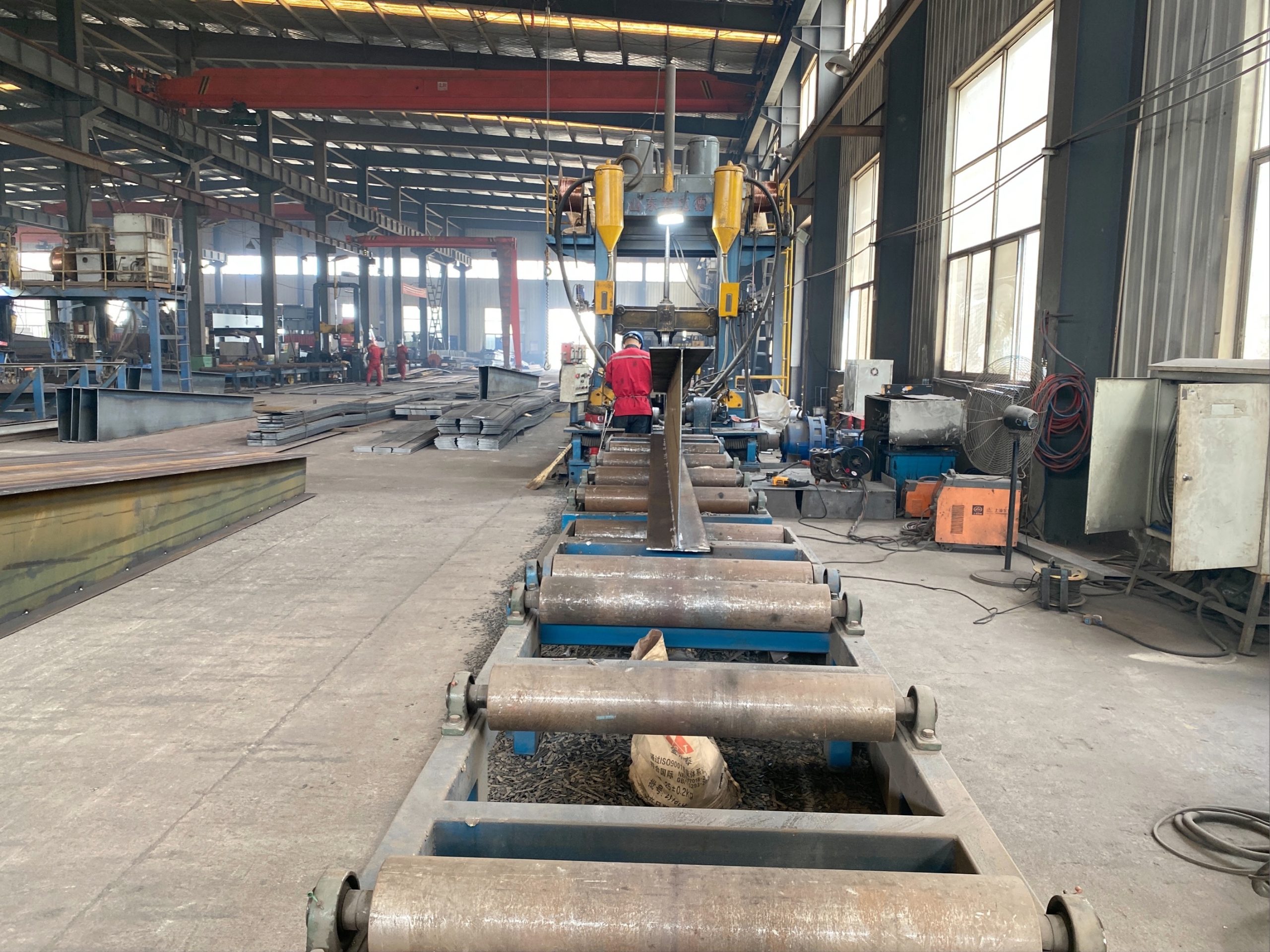
Overall, maintaining and caring for building materials after anti-corrosion spray treatment requires a proactive approach to ensure the longevity and durability of the materials. By establishing a regular inspection and maintenance schedule, performing routine cleaning, and applying fresh coats of anti-corrosion spray as needed, you can protect your building materials from corrosion and extend their lifespan. Remember to consult with the manufacturer of the anti-corrosion spray for specific recommendations on maintenance and care to ensure optimal protection against corrosion.

